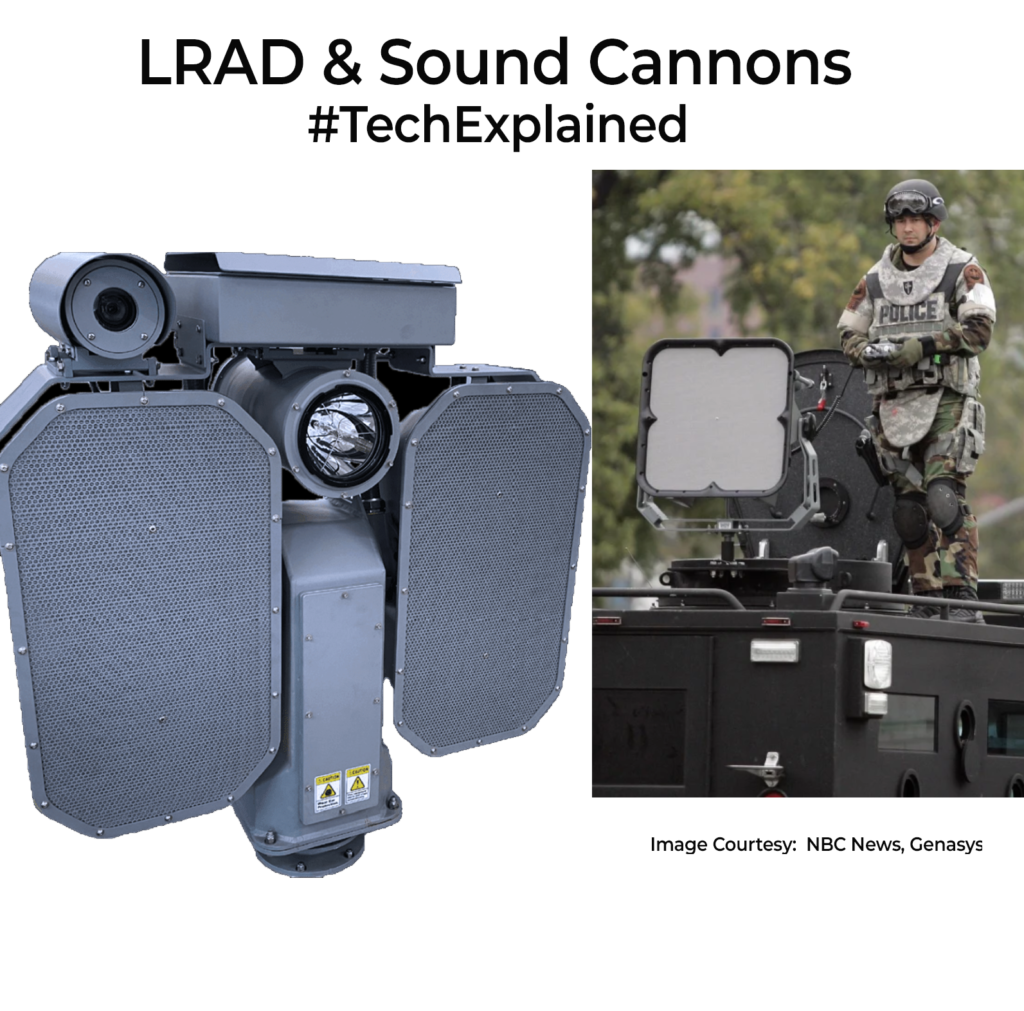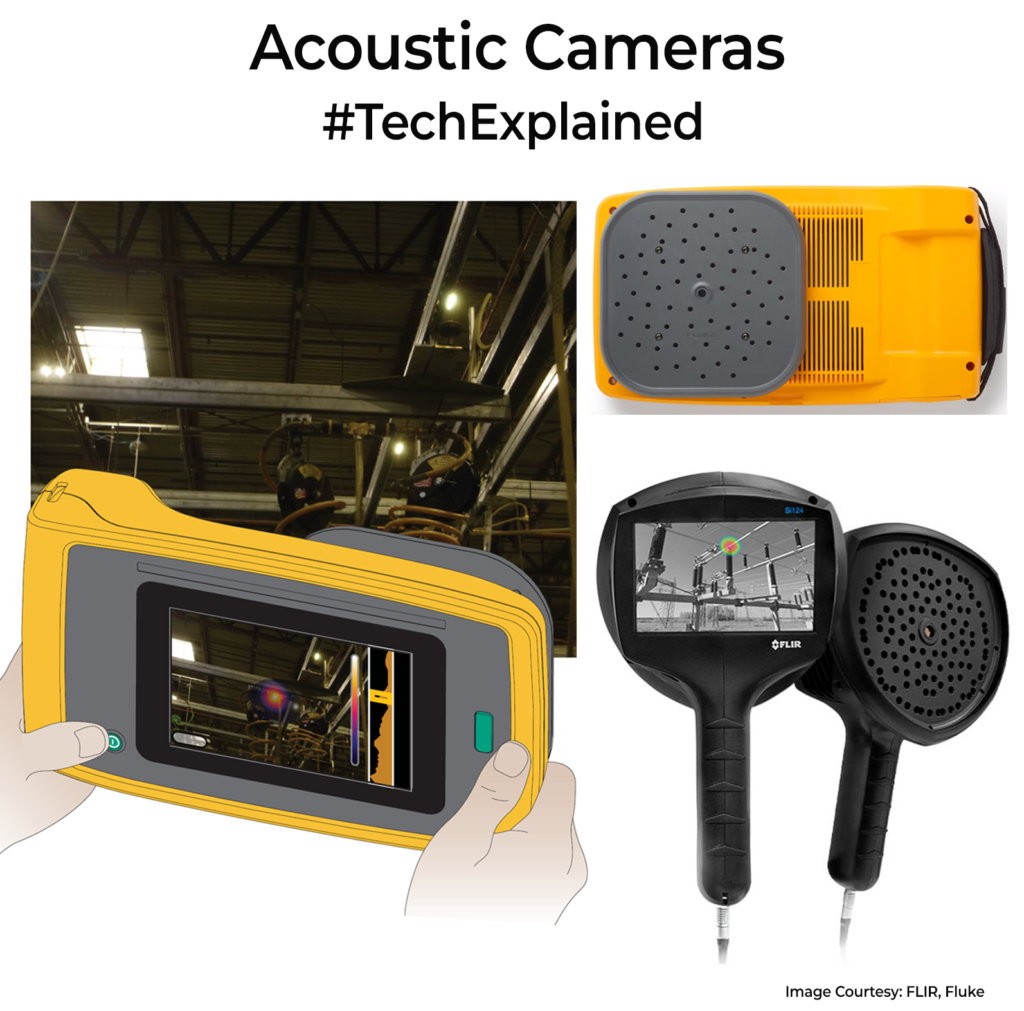Over the last few months, some of you might have heard about the massive Anti corruption protests happening in Serbia. This week, you may have seen some videos online (shared) of protestors being magically moved away from roads via an invisible force. I was fascinated by what was happening but wanted to potentially explain what it was and how it works.
The system used there was most likely an LRAD (Long Range Acoustic Device) but this is just an educated guess on my part, not confirmed yet. It’s a non‑lethal tool originally designed for maritime communication to communicate verbal messages over long distance, but that’s now adapted for crowd control. At its core, the LRAD is essentially a high‑powered, directional loudspeaker. Instead of dispersing sound in all directions like your typical speaker, its array of piezoelectric transducers and acoustic horn concentrates sound into a narrow beam. This can emit sound levels that exceed 140-150 dB at close range. That’s like standing right next to a rocket taking off. You are ear drums can go toast. This noise can cause immediate discomfort, disorientation, and force people to step back involuntarily.

In some LRAD systems, they use a chirp feature. Meaning, input to the speaker is a varying frequency. When multiple speakers emit sound at a single, fixed frequency, their sound waves overlap and create dead zones due to destructive interference. Chirp prevents the formation of persistent dead zones, ensuring the sound pressure remains uniformly strong and effective across the target area.
In the videos though, I don’t hear some massive sounds, so they might also be using a variation device called sound vortex cannon. Think of this like a shockwave from a jet engine as a single pulse. It can be higher frequency. This can exert physical pressure, literally pushing people backward. Check demo videos online.
It’s wild seeing military tech adapted for civilian use. LRAD has a sister tech called Long Range Area Denial, using microwaves. That’s some next level scary weapon. If there is interest, I will write about it in future.
Video Source: Internet
